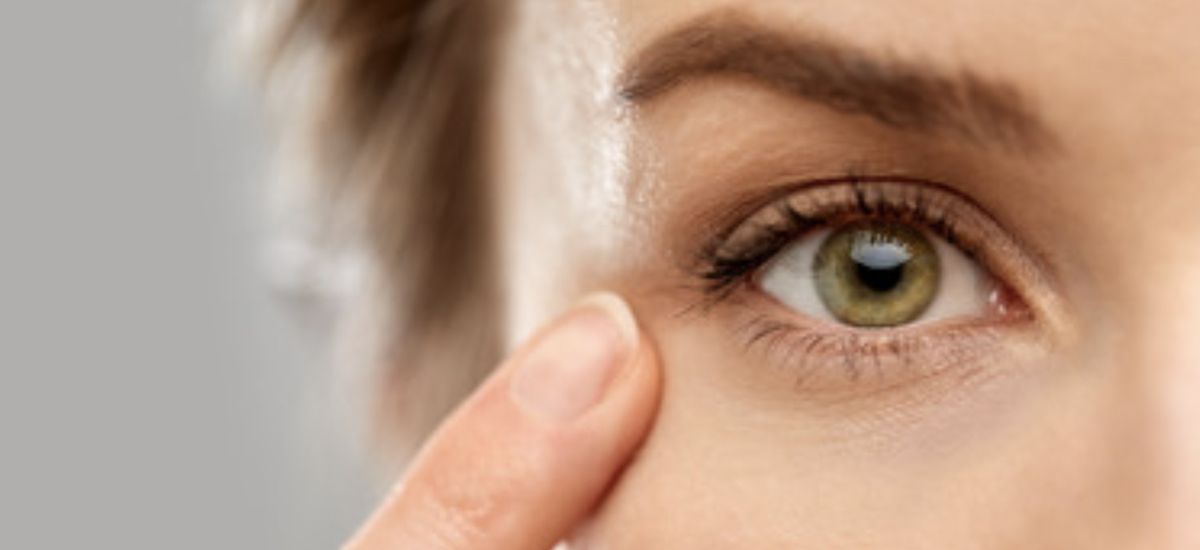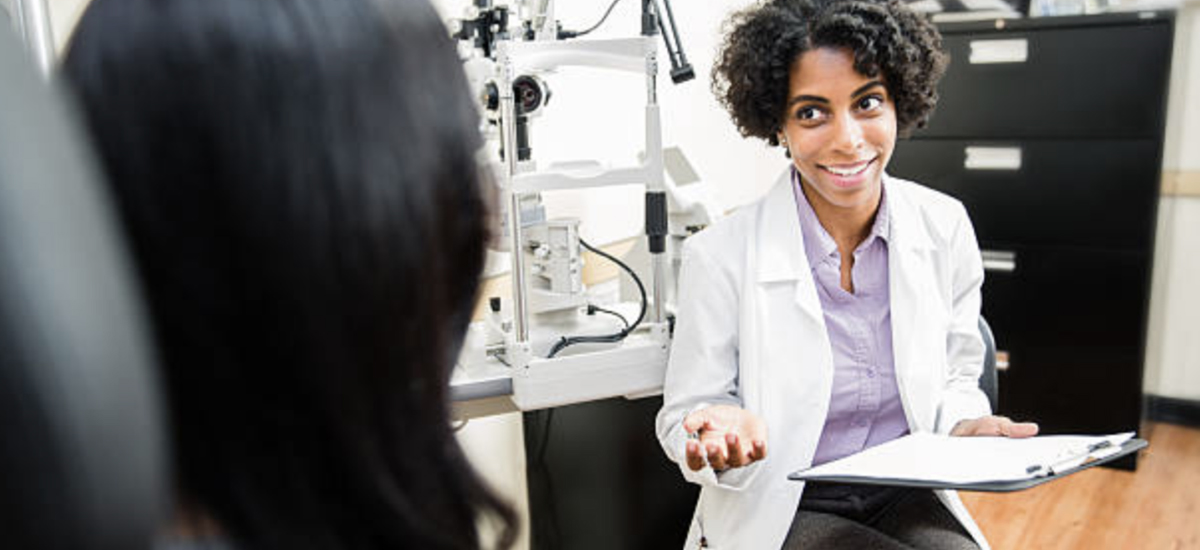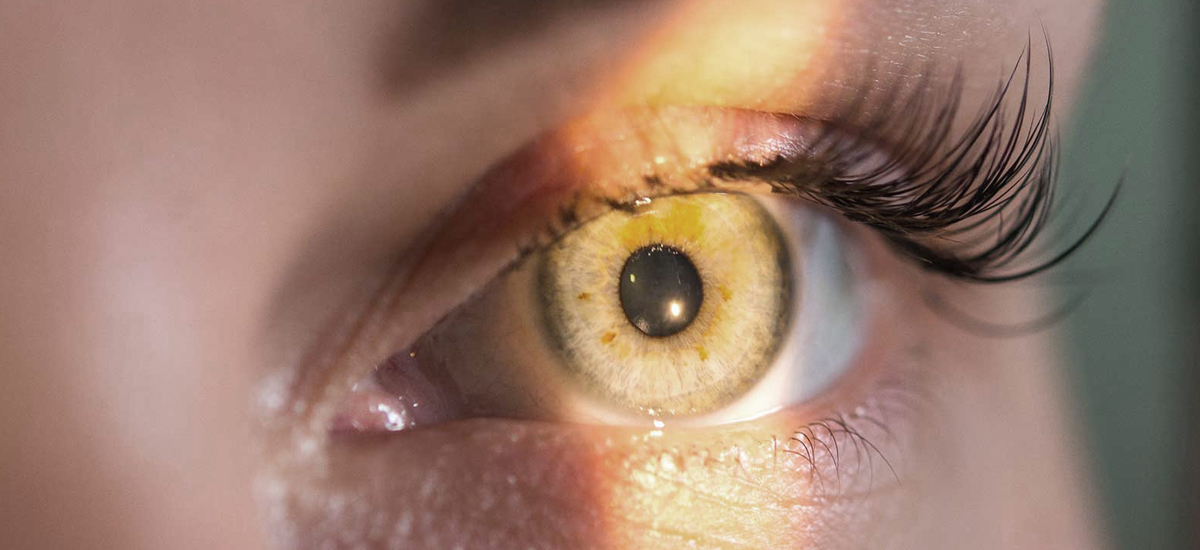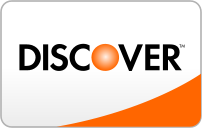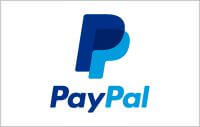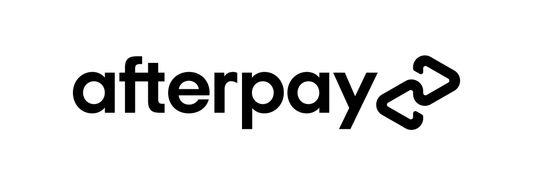What Is Included in an Eye Appointment?
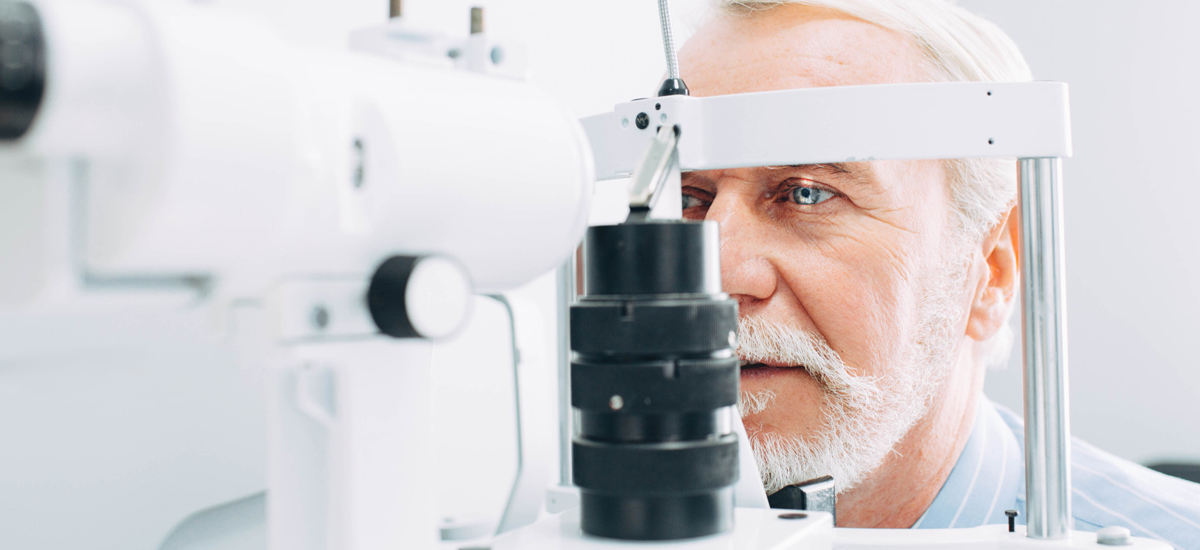
At For Eyes, we like to say that healthy eyes start with routine eye exams. Our Independent Doctors of Optometry specialize in comprehensive eye exams and contact lens exams, which focus on uncovering issues that can impair your vision.
If you haven’t already scheduled your next annual eye appointment, now’s the time. Here’s what you can expect:
What is included in an eye appointment?
During your eye exam, our team of eye specialists will take every effort to ensure your comfort. Here’s the general procedure at your local optical store:
A Discussion About Your Vision Concerns
The appointment will start with a sit-down conversation regarding your vision. If the patient is a child, we’ll ask your permission to speak with them, or we’ll ask them if they are old enough.
You and your child are welcome to ask questions throughout the appointment.
An Analysis of Your Current Prescription
For those who wear glasses or contact lenses, we’ll review your existing prescription and see if it needs to be revised. Our eye doctors may ask questions about your current eyewear and visibility to ensure they’re up to par.
A Detailed Eye Exam
Eye tests are one of the most underrated parts of your eye appointment. The types of eye tests performed may vary depending on your needs. However, as a general rule, the optometrist will examine both eyes to assess your eye health.
Vision Recommendations From the Eye Doctor
Based on your eye test results, the optometrist will suggest ways to improve your vision. These recommendations may include a new prescription for glasses or contact lenses, as well as other tips to promote healthy eyesight.
What types of eye tests are used at an eye exam?
At your eye appointment, the optometrist may conduct several types of eye tests to check on your eye and vision health. Some of these tests include a:
- Vision Test: You’ll identify letters on an eye chart set 20 feet away. The optometrist will change the lenses to see which clears up your vision the most. This test is essential for identifying refractive errors, such as hyperopia and myopia.
- Pupil Test: The eye doctor may dim the lights and shine a light in each eye while having you concentrate on an item in the distance. They can then see how your pupils react to lighting changes.
- Eye Movement Test: By waving an item in various directions and having you follow it with your eyes, the eye specialist can determine how your eyes function together and apart. This test will also provide insight into your peripheral vision.
- Eye Pressure Test: The optometrist will watch how your eyes respond after releasing air into them. This can help them identify glaucoma early on.
- Slit Lamp Exam: Using a slit lamp (a binocular microscope), the eye doctor will observe your eye anatomy. With this test, they can detect cataracts, dry eye disease, glaucoma, macular degeneration, and more.
- Dilated Pupillary Exam: After adding eye drops to your eyes, the specialist will watch how your pupil expands. This test will help them to find issues within your eye fundus or retina.
Summary: What to Expect at Your Eye Appointment
Your eye exam is the perfect time to ask questions to your eye doctor about any vision concerns you’ve been having. It’s also an excellent opportunity to modify your prescription if you feel like a change is necessary.
What is included in your eye appointment?
- A discussion regarding your vision
- A thorough analysis of your existing prescription
- A comprehensive eye exam
- Personalized suggestions from the optometrist
By educating yourself about what will happen at your eye exam, you can prepare for the eye tests ahead. You can also expect a more efficient, enjoyable experience all around.
Book your eye exam at For Eyes
Have you had your annual comprehensive eye exam? Schedule an appointment with an Independent Doctor of Optometry at your local For Eyes.

